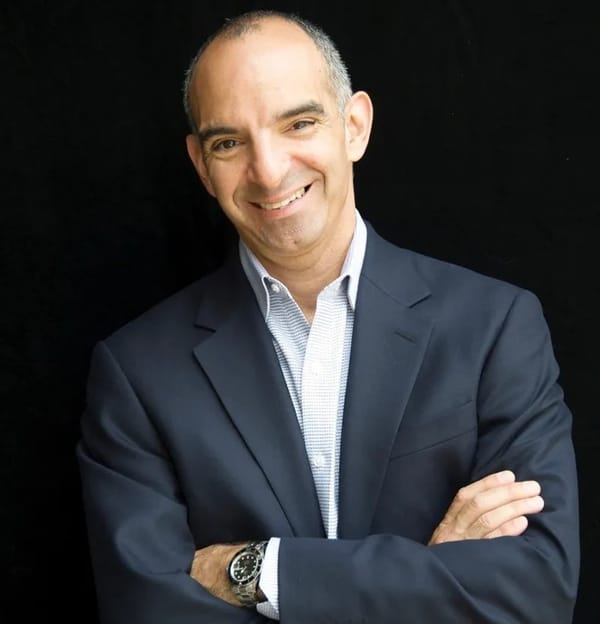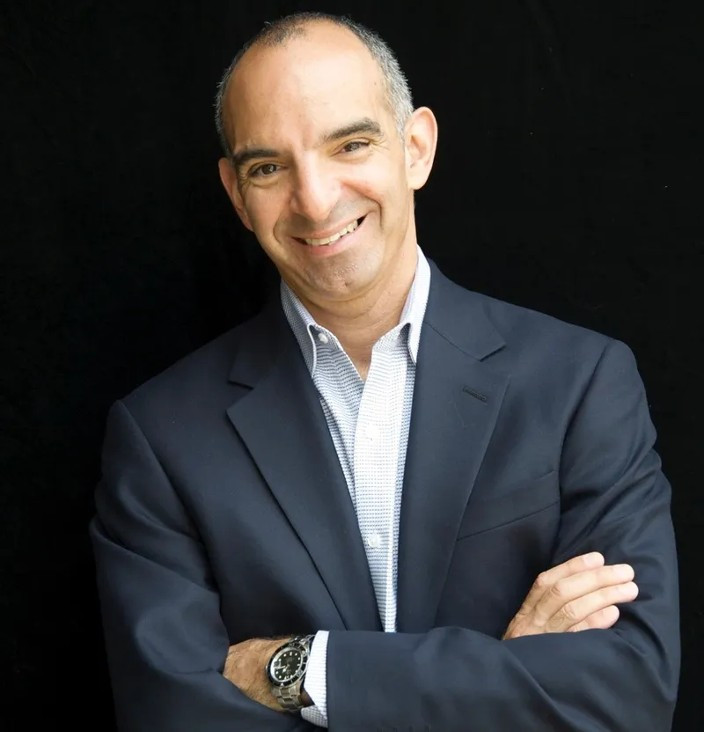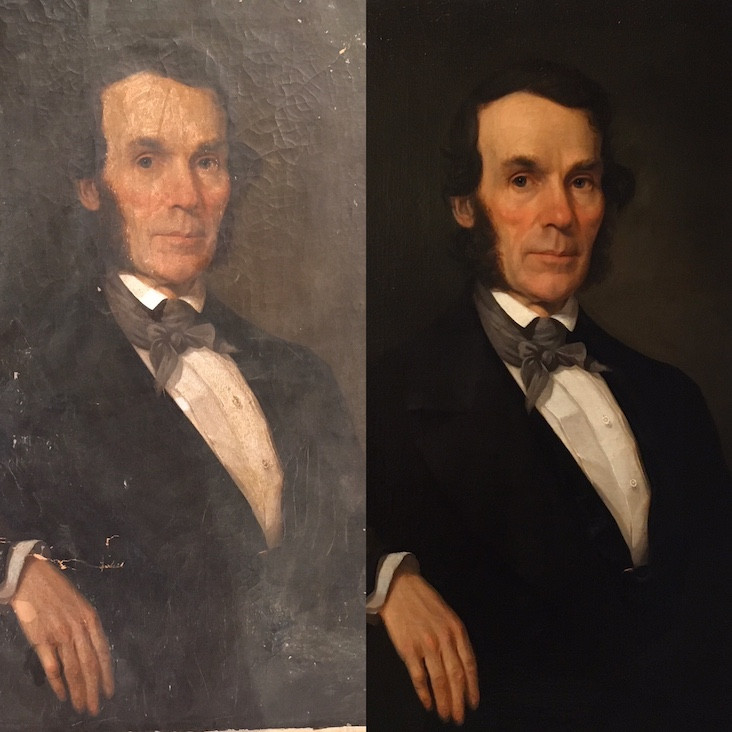The Rural We: Troy Amuso
The master fine art conservator talks about his passion for bringing paintings back to "good health."

The master fine art conservator talks about his passion for bringing paintings back to "good health."

Master fine art conservator Troy Amuso is passionate about what he does. “I’ve been doing it so long,” he says, ‘but every day is full of new issues and different back stories. It’s a great world to work in.” Indeed — he’s worked on paintings by Renoir, Degas and many other famous artists, as well as paintings that are family heirlooms or works that are relatively new (which means less than a century old). Amuso will be giving his talk, “The Fine Art of Art Restoration: Causes and Remedies” at Ventfort Hall on Oct. 21, Dewey Memorial Hall on November 10, and for OLLIE on November 30 as fundraisers for each of the organizations. You can check out his work and process at Tik Tok (and become one of his 83,000 followers).
I got into the field of art conservatorship when I was 14 in Westchester County. A family friend knew an art conservator who was looking for someone to clean his studio and keep things in order. That was Yan Vanderviver. I worked with him for almost six years. He worked on a lot of private collection for the Metropolitan Museum. I was fascinated watching him work. He started giving me little jobs, doing preparation for work on paintings. By the time I got out of high school, I’d already had my hands on major paintings.
I studied fine arts at the School of Visual Arts and started out as an artist while always working in some sort of conservation studio. My wife, Denise DiGrigoli, and I founded Troy Fine Art Services in Fairfield, Connecticut in 1996. Denise grew up in West Stockbridge and I used to spend a lot of time here skiing at Butternut and Catamount. We’d always wanted to have a place in the Berkshires and finally found a home in Ashley Falls, where we now have a second studio.
Art conservation is very technical in many respects, but it’s also very creative. To repair you have to understand how the painting was done originally and need to understand what’s happening on the canvas to bring it back to good health. Sometimes, when paintings are very deteriorated, we have to retouch on it. You never add anything to a painting; you just paint where paint has been lost. Some paintings may have been restored one or two times in their life — and maybe landed in an amateur’s hands who might have added a lot of painting, which you just don’t do.
I’ve touched so many paintings over 40 years and have worked on extremely high-level paintings at museums and from clients who are collectors with museum-level works. It’s always awe-inspiring. I feel honored to have a painting that’s listed and known to the world, and that I’m entrusted to work on. I also do estate work, often family portraits that have been passed down through the generations. Those are as engaging and fulfilling for me to work on as a Degas or Renoir. The value of a painting is really in the eyes and hands of the beholder, whether it's been in a family for years or is part of a collection.
My favorite paintings to work on are old paintings. They’re intriguing to me. As I sit in front of a painting over the span of weeks or months, I think about what went on in front of these paintings. There was no electricity, it was all candlelight, all fireplaces. What were people talking about? If the painting could talk, what stories would it tell? It’s always an honor to be in front of a major painting.
In my talk, I take audiences through the stages of art restoration with visuals of paintings I’ve worked on. I talk about the environmental events that have ill effects on paintings. Then I show what those effects look like in a painting. Finally, I describe the treatments that correct those effects. We end with a Q&A.
Art conservator Troy Amuso shares his insights on the role he plays as an art restorer and conservator.

